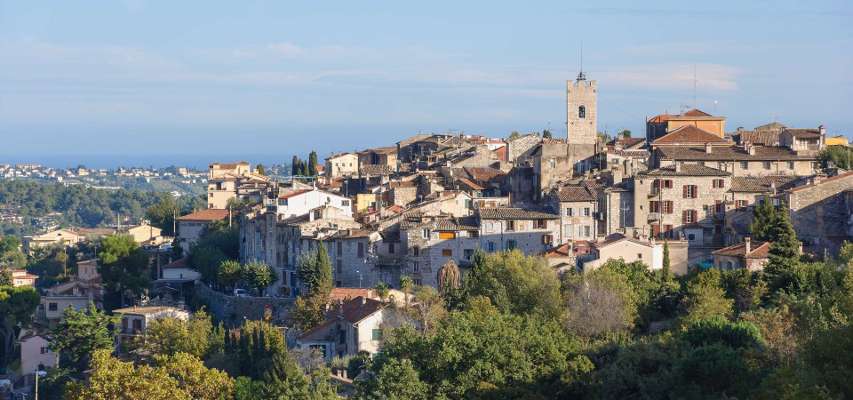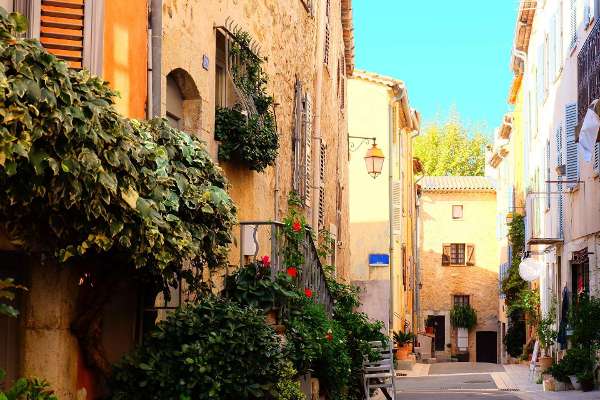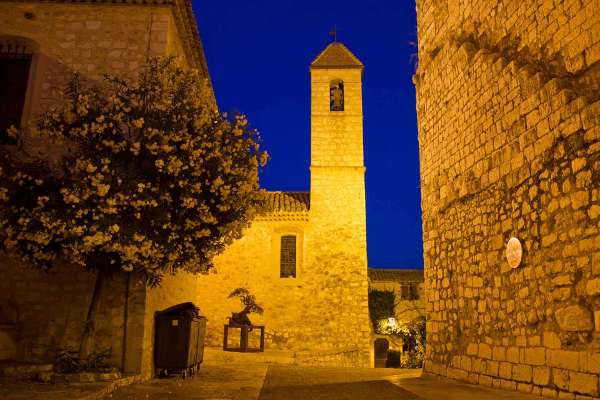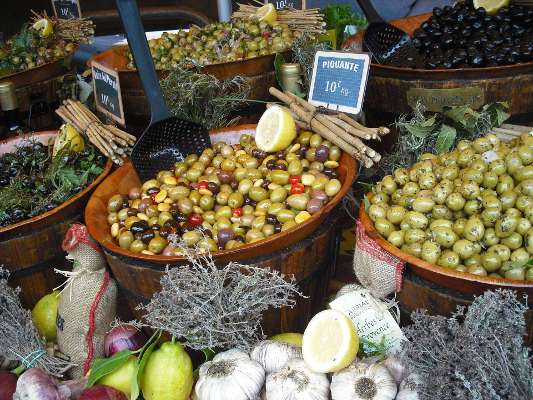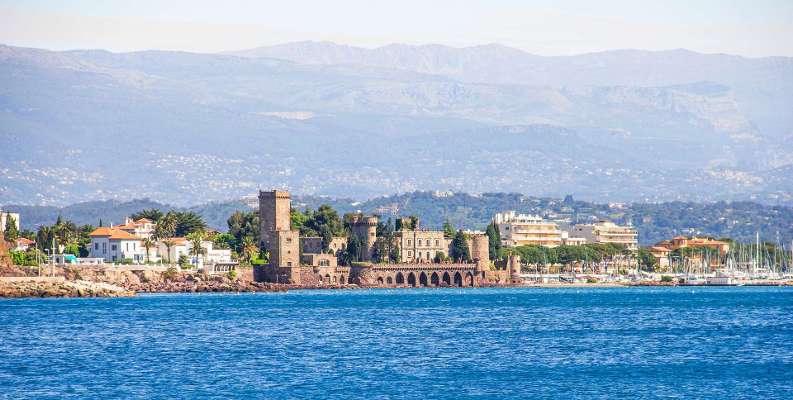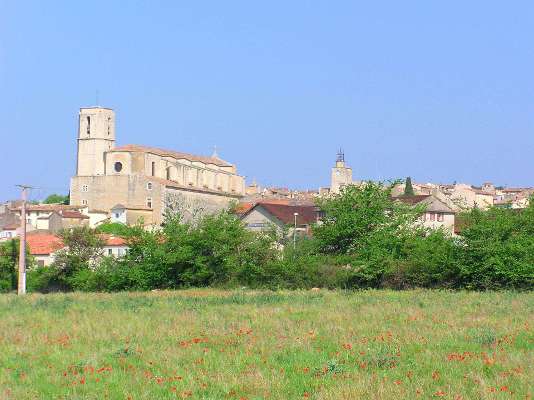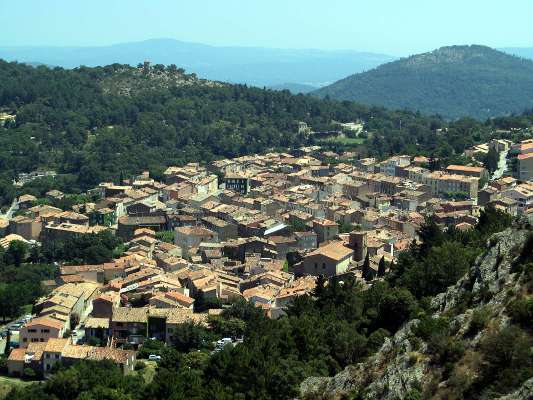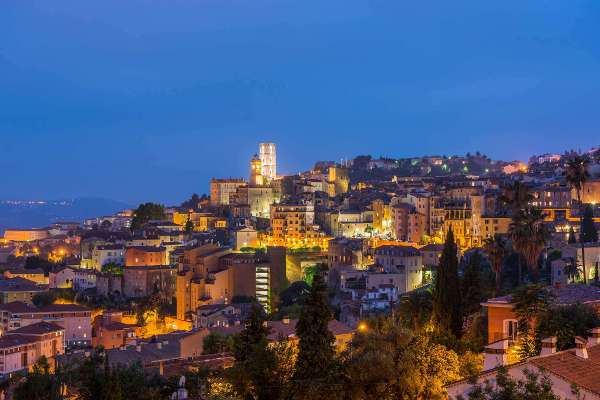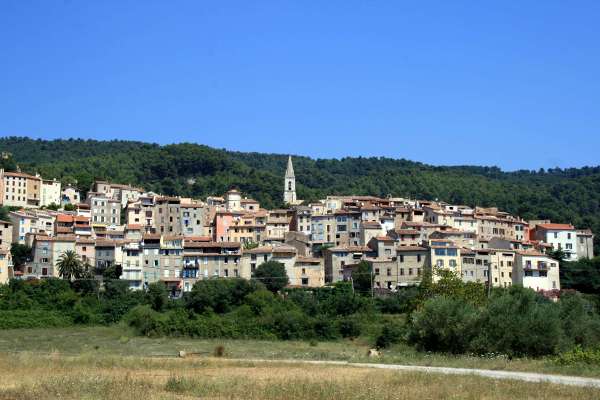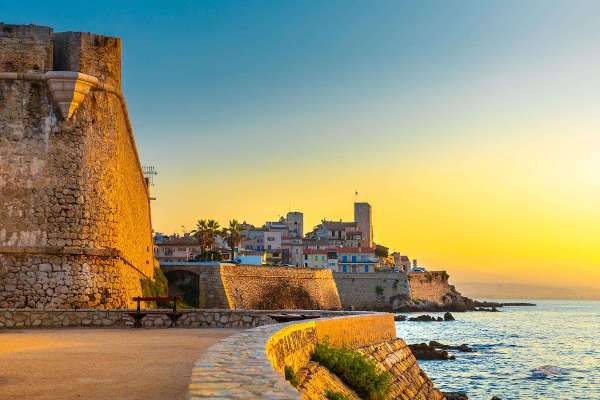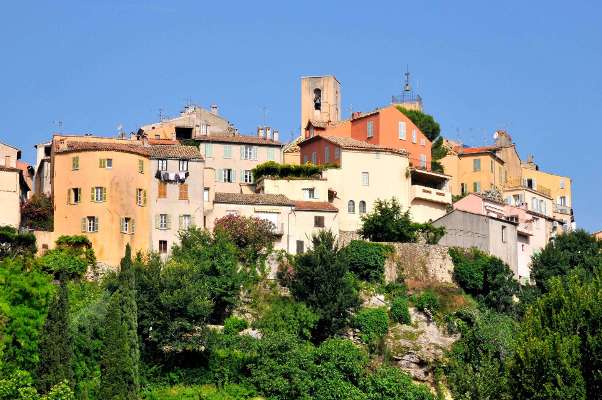Introduction
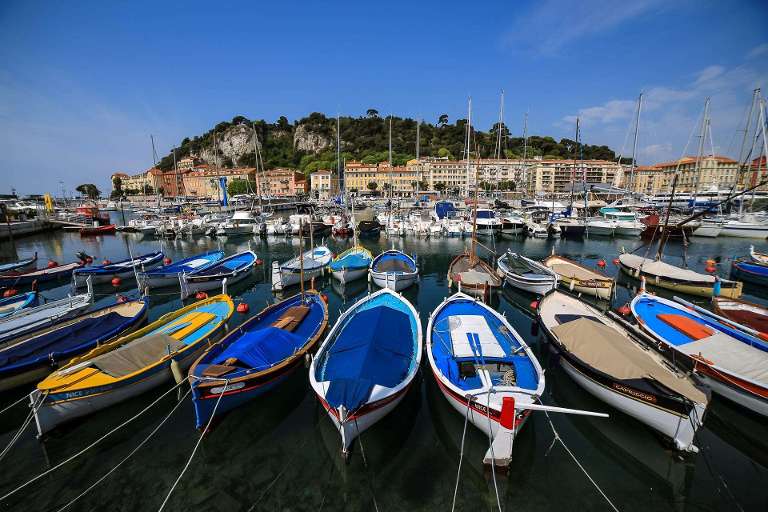
Set against a backdrop of forested hills, the Corniche des Maures is the name of the coastline between Le Lavandou and Fréjus. This stretch is exceptionally pretty with sandy coves and lovely seaside resorts, family friendly places that people return to year after year. Fréjus itself is steeped in history, with various Roman ruins including an amphitheatre dating back to the first century AD.
The coastal road from St Raphaël to Cannes is an exhilarating drive winding round the striking red rock headlands of the Estérel massif with the sea just metres away on the other side. East of Cannes up to the border with Italy, the aptly named Alpes-Maritimes region sits between snow-capped mountains and the glittering Mediterranean ocean. The glamour, bustle and sun drenched beaches of the Côte d’Azur are a draw for many, as is Nice with its vibrant market held in the characterful old town.
Just inland, well-preserved medieval hilltop villages await discovery including many officially classed as the ‘most beautiful villages in France’.
Art lovers’ paradise
The Côte d’Azur is a superb holiday destination for those interested in art. Picasso, Matisse, Chagall, Renoir and Léger are among the many artists who have been inspired by the landscape, the colours and the quality of light here. The evidence can be seen in the many museums and galleries all along the coast, particularly in Nice, Vence, St Paul de Vence and Antibes.
Traditional crafts are also thriving, from pottery in Salernes to glass blowing in Biot, and beautiful hand-turned olive wood items are popular souvenirs from Nice’s market stalls.
Cuisine
A typical dining experience on the Cote d’Azur might begin with a Salade Niçoise, the classic salad of tomatoes, eggs, anchovies, and often tuna.
For a main course, a ‘bouillabaisse’ perhaps; this mainstay of Provençal cuisine starts with the fishermen’s catch of the day to which peppers, garlic and olives are added to make a hearty fish stew.
Then why not finish with a rich cream and custard filled ‘Tarte Tropezienne’ for dessert – pure indulgence!
The favoured tipple here is most definitely a chilled rosé. Fresh and light, it goes down equally well as an apéritif as it does with a meal. Or for something a little stronger, some may like to sup a Pastis, the traditional anise-flavoured liqueur.
Festivities
This region hosts internationally renowned events such as the famous Cannes Film Festival, where you can spot the stars from a distance, and highly regarded jazz festivals in Juan-les-Pins and Nice.
But there are also traditional festivals to join in with, such as the Fête de St Pierre in Antibes, which honours St Peter, the patron saint of fishermen, with three days of sea-themed activities culminating in fireworks and dancing in the evenings. Or the Fête du Jasmin in Grasse where visitors are encouraged to join in the melée of the ‘flower battle’ in which jasmine flowers are thrown into the crowds from decorated floats.




